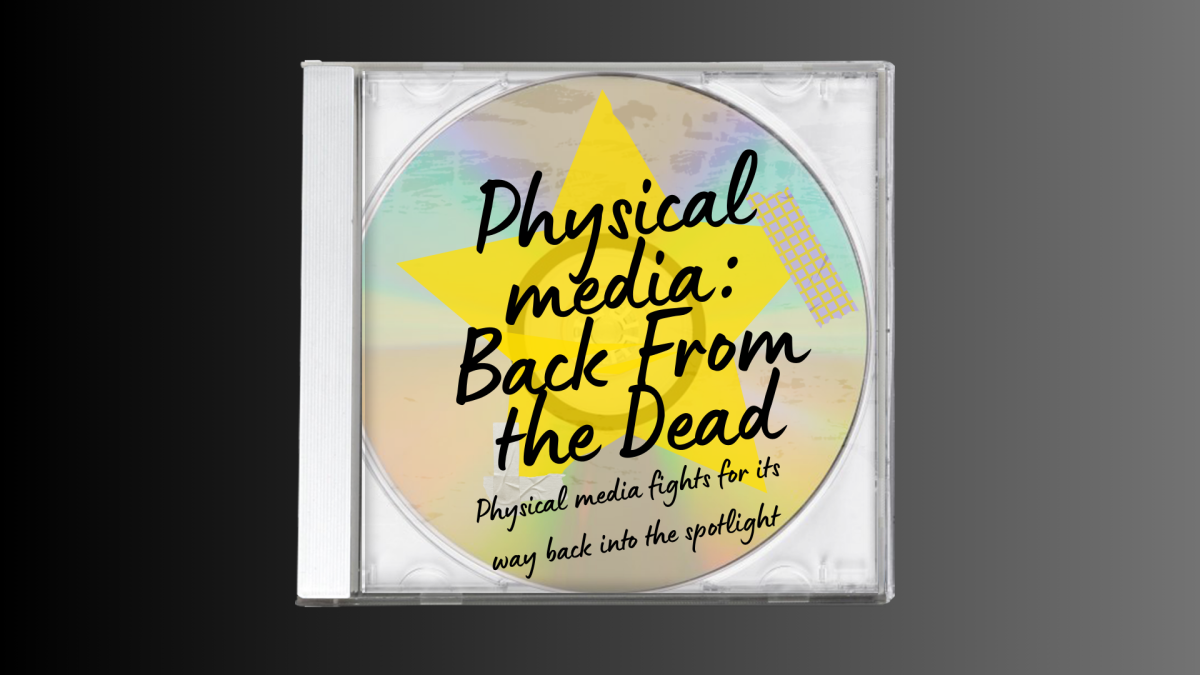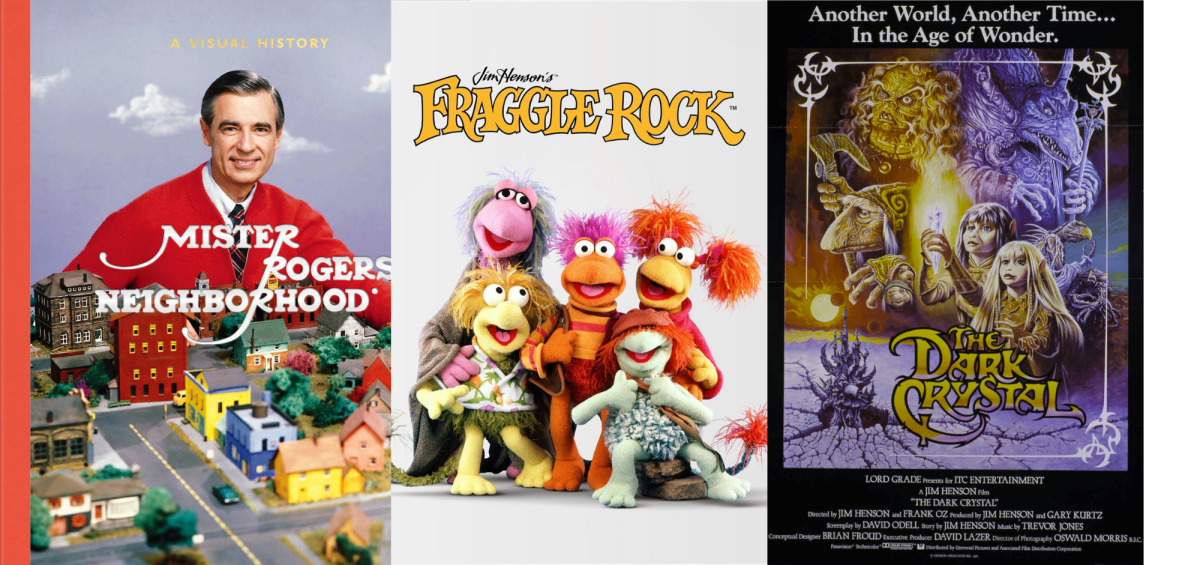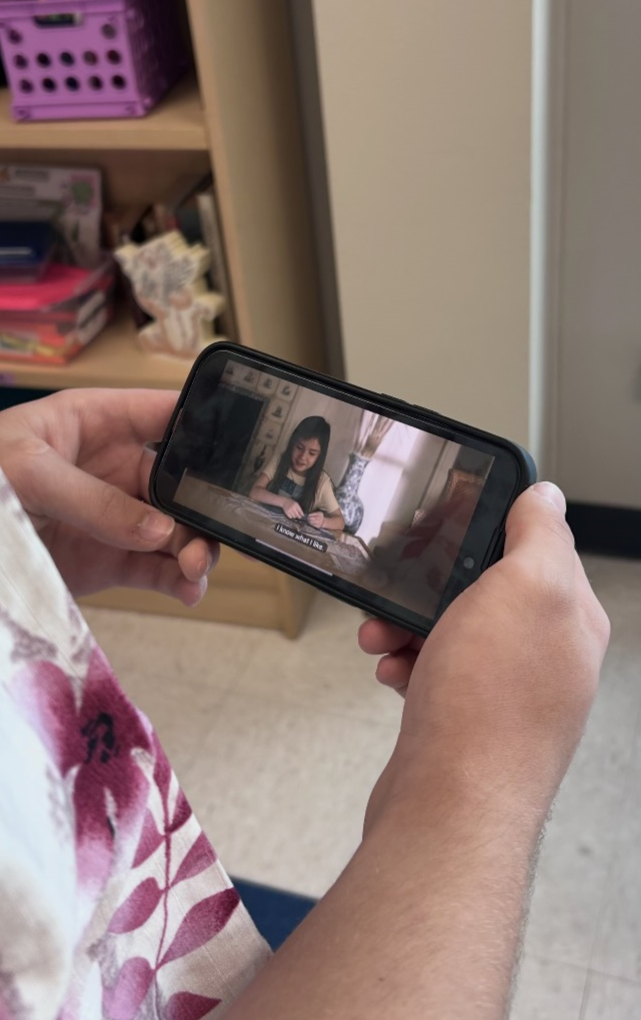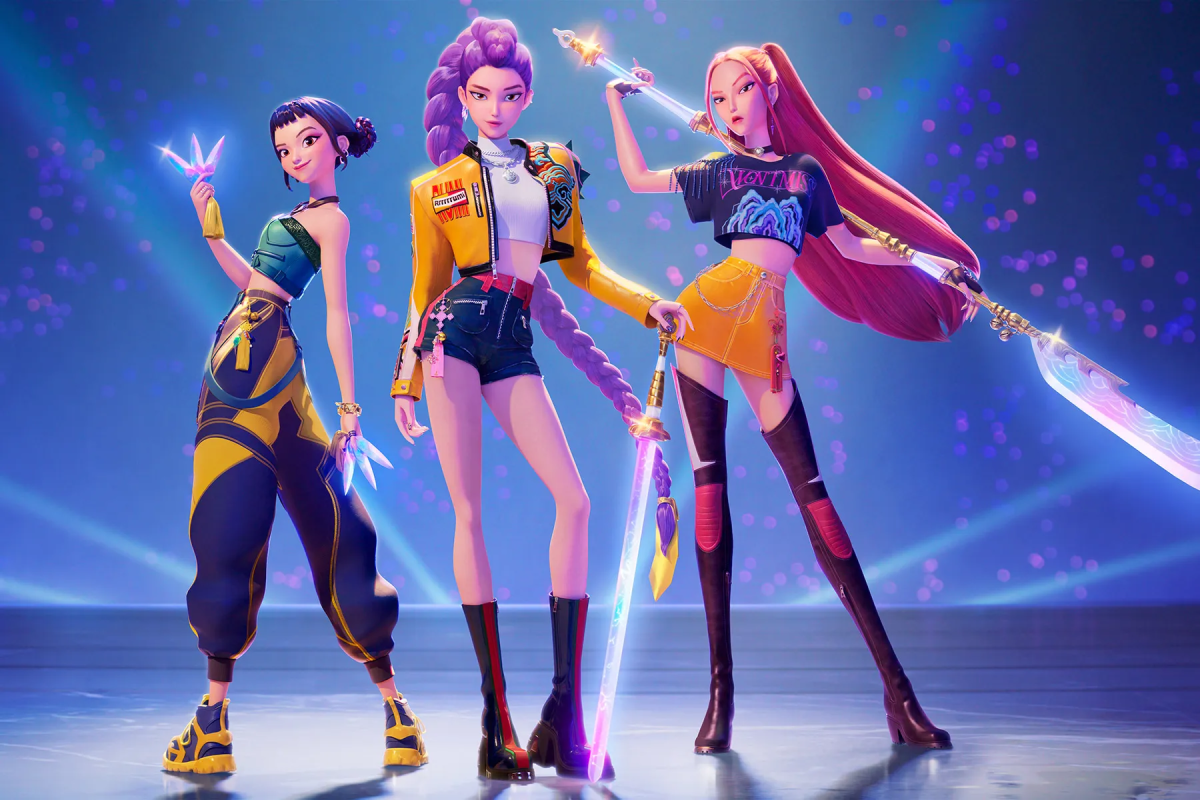Disclaimer: For those who don’t know, ‘Barbenheimer’ refers to the simultaneous release of Greta Gerwig’s Barbie and Christopher Nolan’s Oppenheimer– both of which came to theaters July 21. While I initially considered reviewing both movies together, I’ve decided this contradicts my larger feelings surrounding Barbenheimer. Consequently, I’ve decided to write my reviews as a three part series, starting with Barbie, following with Oppenheimer, and concluding with observations and takeaways about these movies as individual pieces and as a collective. The Barbie and Oppenheimer reviews will function as standalone pieces, with the reflections piece being the only one to acknowledge both movies’ content together.
Talking about Barbenheimer– the event, not the movies themselves– felt like a good idea until I sat down to write the first draft. By the time this actually gets finished, I expect to be on the third (or fourth) iteration. Difficulty is a good sign for me in terms of quality, but a bad sign in terms of content. There is so much to consider when it comes to Barbenheimer– whether financially, socially, or emotionally– and to distill the impacts of these movies– whose meteoric success gave theaters the boost they’ve needed since before the pandemic– into one article is to knowingly omit some details.
I’ve made my peace with this.
For the sake of clarity, conciseness, and content standard, I’ve decided not to address Barbenheimer in its totality– I’m not sure anyone’s capable of doing that right now– but instead to address several key aspects from these two movies and the cultural event that was their release. These points are in no particular order, and of course, can not represent all the lessons learned from Barbenheimer.
Key Takeaway #1: Authenticity cannot be manufactured
Barbenheimer’s allure was the product of genuineness. When Tom Cruise promoted his 2023 movie– Mission: Impossible: Dead Reckoning Part 1– and posed with tickets to Barbie and Oppenheimer– challenging the audience not to see a singular movie in theaters, but to support all three–there was no gimmick. When Greta Gerwig and Margot Robbie did the same with Mission: Impossible and Oppenheimer tickets, there was no gimmick. When Oppenheimer star Cillian Murphy talked about seeing Barbie during an interview, there was no gimmick.
Yet, the commercial success of both of these movies, largely as a product of one another, threatens to give movie studios the wrong idea. Already, I can picture next season’s summer blockbusters being intentionally released at the same time. I can see the ad campaigns convincing audiences they should see both, I can see the blatant emulation of Barbenheimer’s success– the fan-made composite movie posters and shirts, the trailer edits, the memes– and I can see it falling flat. No matter much we try to reduce economic success to understandable variables and equations, success is always dependent on the consumer. Consumers increasingly want sincerity.
Barbenheimer’s unpretentious roots aided its success. People felt like they were witnessing and experiencing a once in a lifetime event. It felt special.
If studios try to replicate this, any future Barbenheimers will loose their rarity and by extension lose their uniqueness, authenticity, and consumer interest.
Let events like these be special; think of the finances second.
Key Takeaway #2: It’s important to push outside your audience comfort zone
Barbie and Oppenheimer are an undeniably incongruous pairing. If we strip the movies down to their surface level characteristics, their intended audiences are on opposite sides of the viewing spectrum. The people excited to see the neon, female-led, and female-oriented Barbie were not the same people excited to see the subdued, war-drama, male-led world of Christoper Nolan’s Oppenheimer.
Barbenheimer encouraged audience crossover; it pushed them to see movies that weren’t explicitly marketed towards them, and presented the opposite projects as being of equal worth.
This encouragement did not completely negate the issue– a woman in my Oppenheimer showing was on her phone the whole time, a man seeing Barbie with his wife fell asleep n the theater, people review-bombed Barbie online– but it still sent a powerful message.
You can enjoy media that isn’t made for you.
You can watch media that isn’t made for you without hating it.
You can enjoy two completely different pieces of media and acknowledge the craft of both.
You can still connect to media outside of your own experiences.
Key Takeaway #3 If we want to have theaters, we need to support diverse projects
Barbie and Oppenheimer appealed to drastically different audiences, and so brought a wide variety of people to the theater. These people in turn put billions of dollars into the theater and movie economy. Barbenheimer was so lucrative, National Cinema Day was revived, allowing people to go to the theater for $4.
For anyone who wants to keep theaters around as they increasingly face financial hardship, the lesson here is that people need to be represented in movies. Barbie brought women to the theater in a world increasingly dominated by male-led and supported action movies. Imagine if we told more stories for women, more stories for people of color, more stories for LGBTQ+ people. Imagine how much more important theaters would be if everyone saw themselves represented in their silver screens.
This is a harder, more systemic fix. But if consumers put pressure on studios, and studios see financial incentive, Barbenheimer can be the start of a more diverse era of movies.
Simply put: If we continue to see movies that speak to experiences outside our own, and encourage representation both behind and in front of the camera, we can boost theaters and their power to tell stories.
10/10 would participate in this double-feature again







